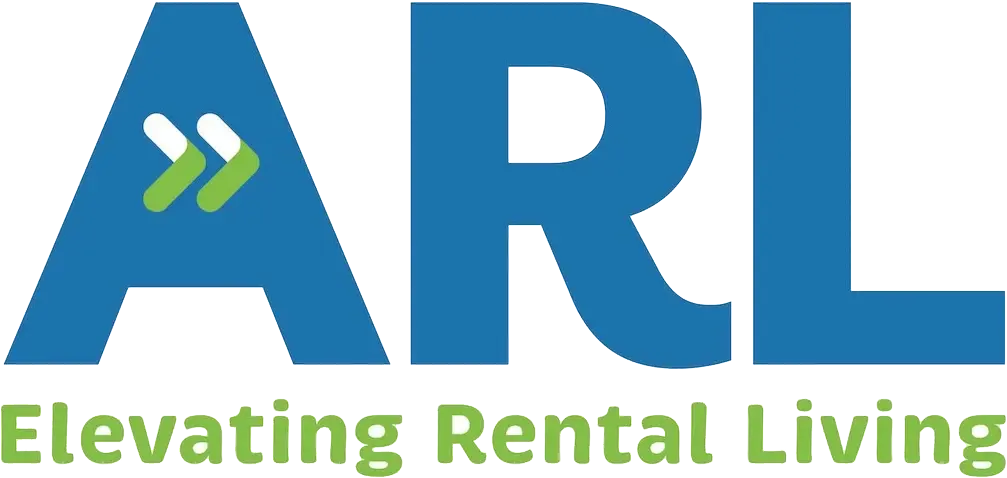Navigating the end of a tenancy can be challenging, especially when it comes to understanding potential charges. As a tenant, it's essential to return the property in a state that matches the condition noted in the initial check-in inventory report.
In this blog, our Head of Customer Operations & End of Tenancy, Glen, delves into the most common end of tenancy charges and provides you with practical advice on how to manage these effectively.

Glen, Head of Customer Operations & End of Tenancy, flatfair.
Cleaning Charges
As a tenant, it’s crucial to understand that your landlord expects the property to be returned in the same hygienic condition as noted in the check-in inventory report. The method of achieving this cleanliness is at your discretion.
If you opt to undertake the end of tenancy cleaning yourself, use the check-in inventory as a reference. Allocate sufficient time for this task, as deep cleaning is often more time-consuming and extensive than many anticipate.
Be aware that if the initial inventory report indicates the property was professionally cleaned at the start of your tenancy, replicating this standard on your own may be challenging. Even if you manage a thorough domestic clean, there might still be additional charges to elevate the cleaning to a professional level.
In the event of a cleaning charge being raised by your landlord at the tenancy conclusion, you have the right to compare the cleanliness levels from the start and end of your tenancy via the inventory reports. Should you find discrepancies or disagree with the charges, these reports serve as vital evidence in disputing or negotiating the charge.
Redecoration Charges
Landlords are entitled to impose charges for the redecoration of areas they deem to have deteriorated beyond normal wear and tear. When assessing these charges, consider the following:
- Identify the specific areas charged for redecoration and cross-reference them with the condition detailed in the check-in inventory report.
- Determine whether these areas were freshly painted or showed signs of wear at the beginning of your tenancy.
Compare these observations with the check-out inventory report to evaluate any changes or damages.
Removals Charges
Charges for the removal of items left behind at the end of your tenancy are common. To clarify which items were  originally in the property, refer back to the check-in inventory report. Leaving behind personal belongings, such as bedding in cupboards, cleaning products, or food in the refrigerator, typically results in removal charges.
originally in the property, refer back to the check-in inventory report. Leaving behind personal belongings, such as bedding in cupboards, cleaning products, or food in the refrigerator, typically results in removal charges.
For larger items, expect higher fees, especially if professional removal services or skip hire are needed. It’s important not to presume that the landlord or new tenants will find value in these items. Always confirm with your landlord if leaving any item is acceptable and keep a record of any agreements made regarding this, as a precaution against potential disputes.
We hope you found this blog to be useful and informative.
Interested in renting with a deposit alternative? Refer your local letting agent today and we will contact them.










